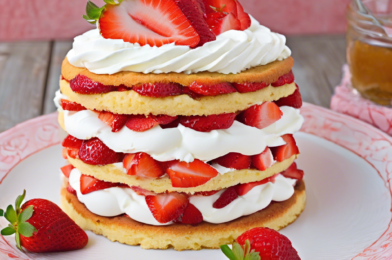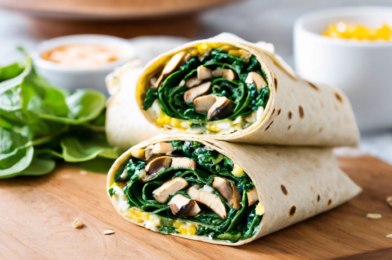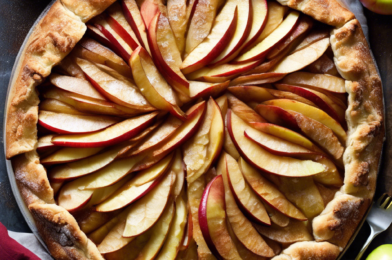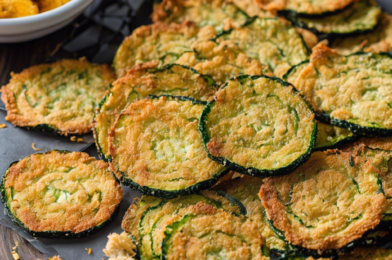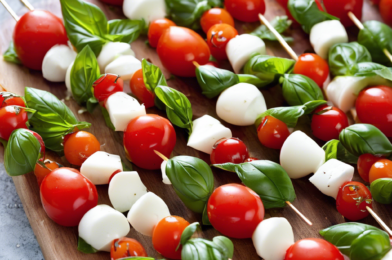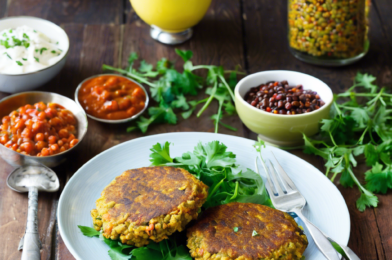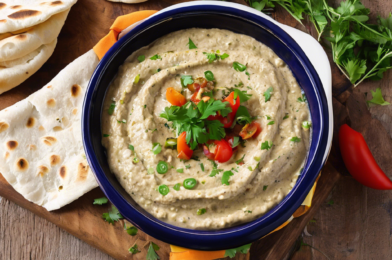There’s something irresistibly charming about the classic dessert, Strawberry Shortcake. Its simplicity, combined with the freshness of ripe strawberries and the lightness
Spinach and Mushroom Breakfast Wrap
There’s something incredibly comforting about starting your day with a warm, hearty breakfast that nourishes both body and soul. This Spinach and
Chickpea and Spinach Curry
There’s something inherently comforting about a warm, flavorful curry simmering away on the stove. Recently, I tried a Chickpea and Spinach Curry
Apple Galette with Cinnamon Sugar
The moment the warm, sweet scent of an apple galette with cinnamon sugar begins to waft through my kitchen, I know it’s
Chocolate Hazelnut Truffles
Chocolate Hazelnut Truffles have become a beloved treat in our household, and for good reason. When I first stumbled upon this recipe,
Watermelon Feta Salad Bites
Watermelon Feta Salad Bites have quickly become a staple in my household, especially during the warmer months. The combination of sweet, juicy
Chicken Alfredo Pasta
There’s something undeniably comforting about a steaming plate of Chicken Alfredo Pasta. When I first tried this dish, it was a hit
Crispy Zucchini Chips
When it comes to snack time, finding a healthy yet satisfying option can sometimes feel like an impossible task. In our household,
Mini Caprese Skewers
There’s something uniquely delightful about the simplicity and elegance of Mini Caprese Skewers. A personal favorite in our household, these bite-sized appetizers
Spiced Lentil Patties
Spiced Lentil Patties have become a beloved staple in my household, often gracing our dinner table with their aromatic allure and satisfying
Baba Ganoush with Pita Bread
When I first tried this Baba Ganoush recipe, I was blown away by its creamy texture and smoky flavor. I shared it
Blueberry Lemon Loaf Cake
When I first baked the Blueberry Lemon Loaf Cake, it was an instant hit at our family gathering. Its moist texture combined

